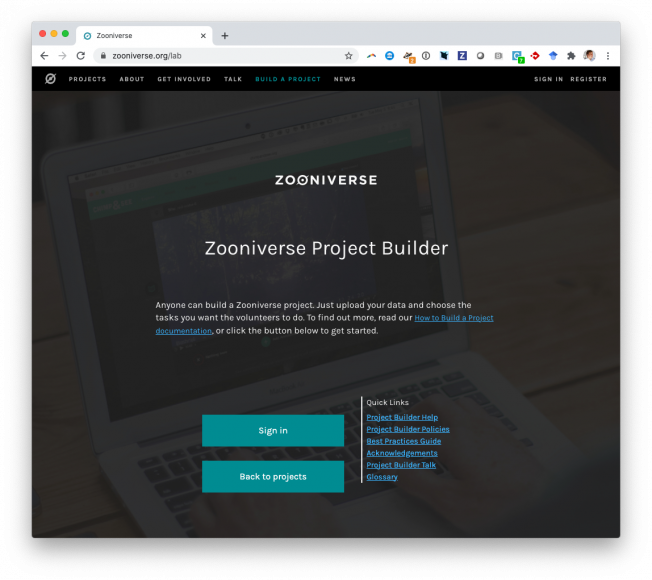Perspective: Constructing scientific communities: Citizen science in the nineteenth and twenty-first centuries
Journal of Victorian Culture 20:2 (2015) 246-254
Abstract:
This Perspective article reflects on the recent launch of Constructing Scientific Communities: Citizen Science in the 19th and 21st Centuries (http://conscicom.org), a collaboration between the Universities of Oxford and Leicester in partnership with the Natural History Museum, the Royal College of Surgeons, and the Royal Society. It is a multi-strand project, bringing together historians, literary scholars, and contemporary science practitioners, which has been awarded a large grant in the Arts and Humanities Research Council's Science in Culture theme. At its heart lie questions about public involvement in science, the amateur/professional divide, and the possibilities of drawing on understanding of the role of journals in the science and information revolution of the nineteenth century in order to enhance science participation in the digital age.PHAT STELLAR CLUSTER SURVEY. II. ANDROMEDA PROJECT CLUSTER CATALOG
The Astrophysical Journal American Astronomical Society 802:2 (2015) 127
Misalignment between cold gas and stellar components in early-type galaxies
Monthly Notices of the Royal Astronomical Society Oxford University Press (OUP) 447:4 (2015) 3311-3321
Galaxy Zoo: Are bars responsible for the feeding of active galactic nuclei at 0.2 < z < 1.0?★
Monthly Notices of the Royal Astronomical Society Oxford University Press (OUP) 447:1 (2015) 506-516
THE MILKY WAY PROJECT: WHAT ARE YELLOWBALLS?
The Astrophysical Journal American Astronomical Society 799:2 (2015) 153



